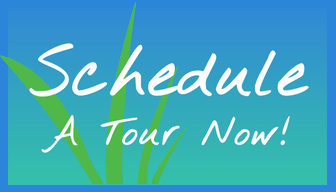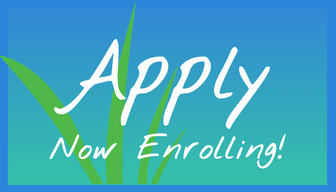By Pete Whitridge
One of the simplest tools for calming the nervous system is also the most intrinsic necessity for maintaining life – breath. Breath control and the ability to exhale longer than you inhale are basic principles in most breathing practices, regardless of whether they originate from a spiritual tradition, an athletic endeavor, or a health challenge. My introduction to the usefulness of breath control came early in my teens when I was a ski racer. In training, we learned to breath into and out of our noses to warm the air coming into our lungs. We also learned to exhale longer than we inhaled, increasing the air volume into our lungs to support our muscle tissues as we careened down the racecourse. Conscious control over our breathing helped us be better and faster skiers.
Early in my massage practice I learned Dr. Andrew Weil’s breathing practice based on a 4-7-8 breathing pattern. You inhale for four seconds, hold your breath for seven seconds, then exhale for eight seconds. This breathing pattern helps slow down your oxygen intake and starts to increase the CO2 levels in your blood (actually, a good thing!) This helps facilitate the oxygen in your bloodstream to cross through the capillary beds for use by your tissues. Lee and I both use this practice daily for general health, and because it’s habitual, can easily access it when we’re feeling stressed to help us return to calm more quickly.
The work of James Nestor, whose 2020 book Breath: The New Science of a Lost Art sold over a million copies in its first year of publication, has brought the awareness of breath to a wider, mainstream audience. This book, a “fascinating scientific, cultural, spiritual and evolutionary history of the way humans breathe…” (Elizabeth Gilbert) is an interesting resource for additional breathing practices which we can employ to benefit ourselves and our clients. I recommend it highly. If you’re interested in learning more, please join us for Dynamics of the Breath, October 15-16. This workshop is designed to help you practice breath control for your own benefit as well as helping your clients with generalized anxiety disorder (GAD), asthma, COPD, and emphysema. We will gently touch the muscles of respiration (the diaphragm, ribs, scalenes) to help facilitate a more parasympathetic state of being. We will learn a variety of breathing practices from Dr. Weil and James Nestor as well as ancient spiritual traditions. This is a class that will deeply benefit your own personal wellbeing in addition to giving you tools to help your clients.



